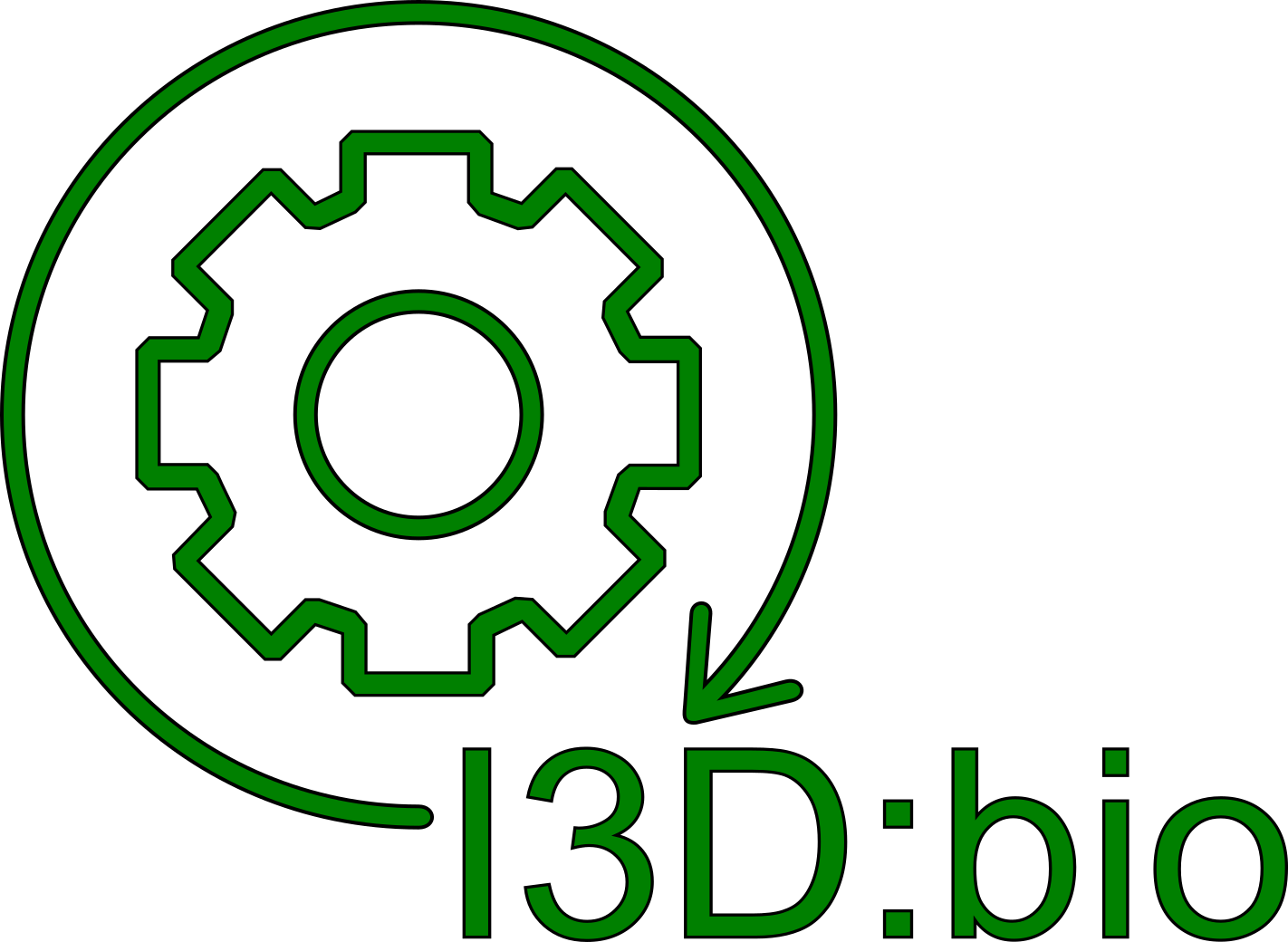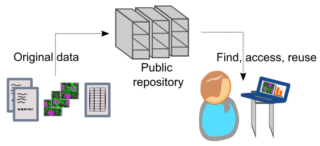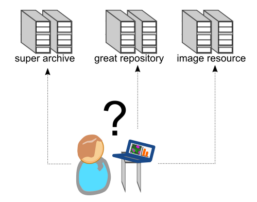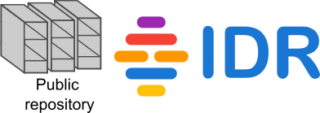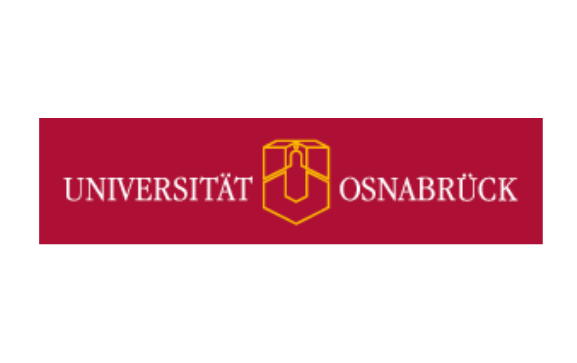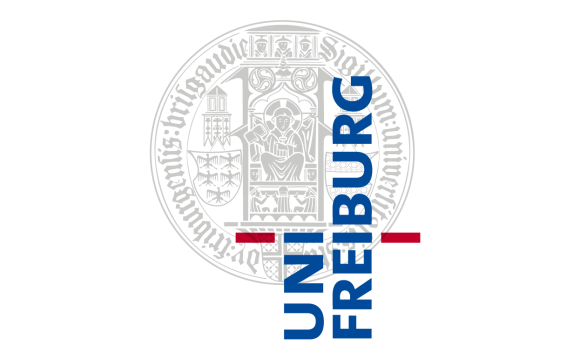Introduction to Image Data Repositories and Public Archives
Back to: Image Data Repositories Introduction to Image Data Repositories and Public Archives Many bioimaging experiments are time-consuming and cost-intensive, and the acquired images are almost always subjected to image analysis to quantify image features of interest. Many imaging approaches thus produce large datasets, the value of which may extend well beyond the original research question that led to its acquisition. Therefore, sharing of original microscopy images can foster a more sustainable use of imaging data by means of reuse. The potential of public data sharing has been well demonstrated in other fields of research before. For example, the Protein Data Bank has helped to greatly increase our understanding of protein structure, function, and compound [...]
Finding and Choosing a Repository
Back to: Image Data Repositories Finding and Choosing a Data Repository What makes a good repository for imaging data? Public data sharing creates trust in scientific rigor, facilitates reproducibility and enables the potential reuse of data in other projects. Funding agencies may demand that original source data of a publication be published, too. Many journals either demand or at least strongly recommend publishing original source data. However, there are things to consider. For example, Nature Cell Biology‘s Submission Guidelines contain for bioimaging: „For imaging source data, we encourage deposition to a relevant repository due to size constraints.“ (last access: 2023-06-01) So the question is: Where should one publish the data? And how does it get [...]
Featured Repository: The BioImage Archive
Back to: Image Data Repositories The BioImage Archive - example of an archive-type image data repository Repositories provide long-term storage and access to published data, often in combination with minimun required metadata to make the data findable. There are many discipline-specific repositories for publishing scientific data as can be found using repository registries. However, some data may not be well-suited for any particular disciplinary repository, or the data type cannot be handled well by those repositories. The BioImage Archive was implemented at the European Molecular Biology Laboratory - European Bioinformatics Institute (EMBL-EBI) at Hinxton, UK. As described by Ellenberg et al. (2018), it serves the need for a bioimaging-specific repository of the „data archive“ type, primarily ensuring the faithful [...]
Featured Repository: The Image Data Resource
Back to: Image Data Repositories The Image Data Resource - example of an added-value database At present, many repositories recommend but do not enforce to use of specific metadata items or formats when submitting bioimaging data. Mostly, also the file format can be chosen at the submitter‘s discretion. However, to make data Findable, Accessible, Interoperable, and Reusable, a minimum set of criteria should be met as to how the data is curated before submission. Thus, the public data can be of added value due to its rich, browsable, if possible machine-actionable metadata. The Image Data Resource (IDR) has been developed as a collaboration of the EMBL-EBI at Hinxton, UK, and the Open Microscopy Environment consortium (OME) at University of Dundee. [...]
